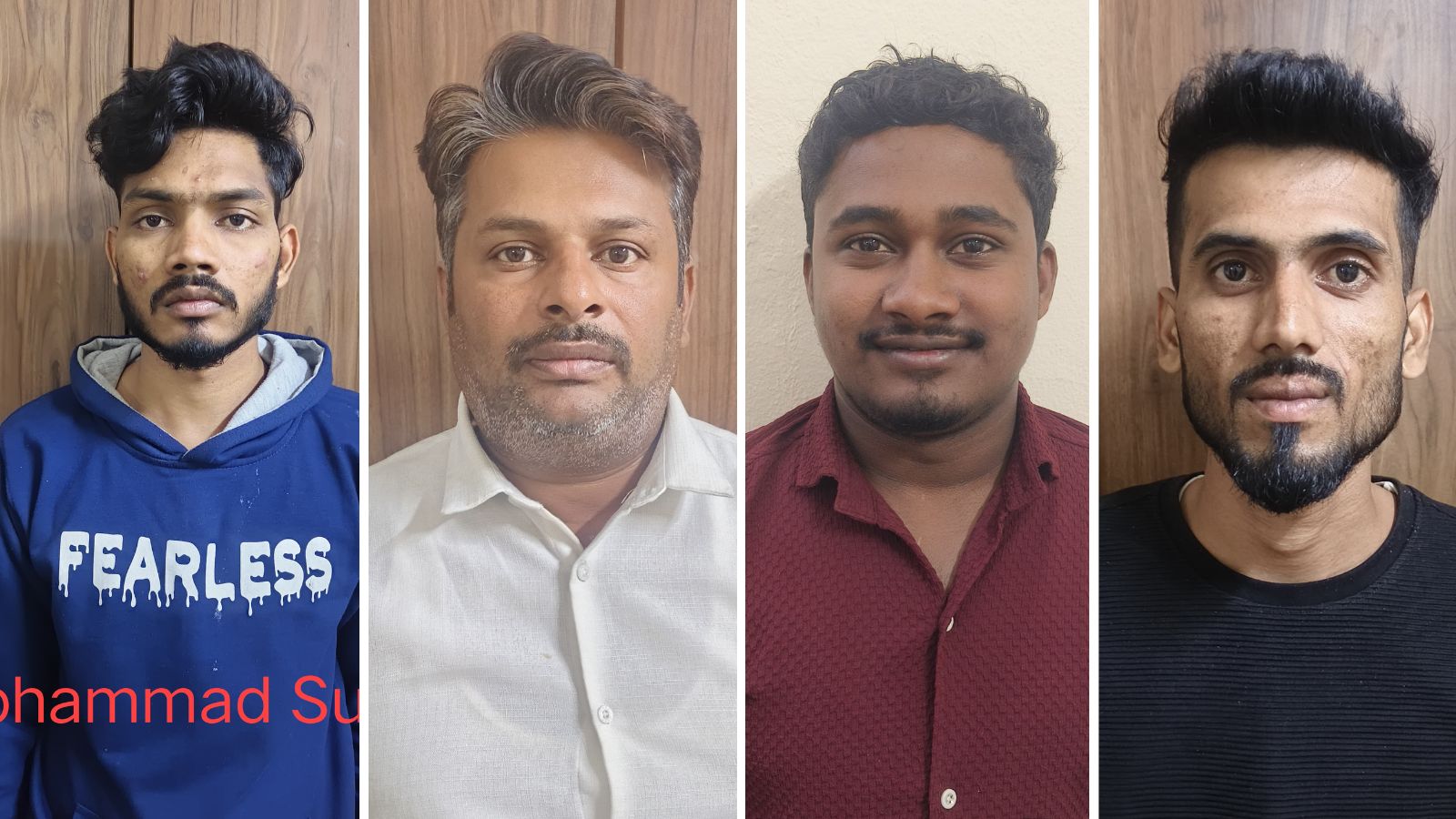Beat Burnout: How Top Philippine Leaders Design a Sustainable Lifestyle

The relentless pressure of leadership in the Philippines – whether in business, government, or non-profit – can take a serious toll. Many leaders find themselves sacrificing their well-being in pursuit of performance, ultimately leading to burnout and a feeling of hollow victories. But it doesn't have to be this way. The most successful leaders aren't simply working harder; they're working *smarter* by intentionally designing a leadership lifestyle that prioritizes energy management and consistent replenishment.
The Burnout Epidemic Among Philippine Leaders
We’ve all seen it – the leader who’s always “on,” sacrificing sleep, relationships, and personal hobbies to meet deadlines and expectations. This “hustle culture” mentality, while seemingly admirable, is a recipe for disaster. The long hours, constant decision-making, and emotional demands of leadership drain energy reserves, leading to exhaustion, cynicism, and reduced effectiveness. In the Philippine context, where extended family obligations and a strong sense of responsibility are often intertwined with professional life, the pressure is amplified.
Beyond Performance: The Importance of Energy Management
The key to avoiding burnout isn't about eliminating demands; it's about managing your energy. Think of yourself as a well that needs regular replenishment. Constantly drawing from the well without adding water will eventually leave you dry. Effective leaders recognize that their ability to lead is directly tied to their energy levels. This requires a shift in mindset – from focusing solely on output to prioritizing the inputs that fuel high performance.
Micro-Renewals: Small Habits, Big Impact
You don't need extravagant retreats or weeks-long vacations to recharge. The most impactful strategies are often the simplest: “micro-renewals.” These are small, intentional actions you can incorporate into your daily routine to restore energy. Examples include:
- Mindful Breaks: Even 5-10 minutes of deep breathing or meditation can significantly reduce stress.
- Movement: A quick walk, stretching, or even dancing to your favorite song can boost energy and improve mood.
- Connection: A brief conversation with a loved one or colleague can provide a sense of support and belonging.
- Nature: Spending time outdoors, even in a small park or balcony garden, can be incredibly restorative.
- Prioritize Sleep: Aim for 7-8 hours of quality sleep each night. This is non-negotiable for optimal performance.
Designing Your Leadership Lifestyle: A Practical Approach
Creating a sustainable leadership lifestyle isn't a one-time event; it's an ongoing process of experimentation and refinement. Here's a framework to get you started:
- Assess Your Energy: Track your energy levels throughout the day. Identify peak hours and times when you feel depleted.
- Identify Energy Drains: What activities or situations consistently leave you feeling drained? Can you delegate, eliminate, or modify them?
- Schedule Micro-Renewals: Treat these activities as non-negotiable appointments in your calendar.
- Set Boundaries: Learn to say “no” to commitments that don't align with your priorities or drain your energy.
- Seek Support: Build a network of mentors, coaches, or peers who can provide guidance and accountability.
The Long-Term Payoff
Investing in your well-being isn't selfish; it's strategic. By designing a leadership lifestyle that prioritizes energy management, you'll not only avoid burnout but also enhance your resilience, creativity, and overall effectiveness. In the dynamic and challenging landscape of the Philippines, sustainable leadership is the key to long-term success and fulfillment. Lead with intention, prioritize your well-being, and unlock your full potential.





